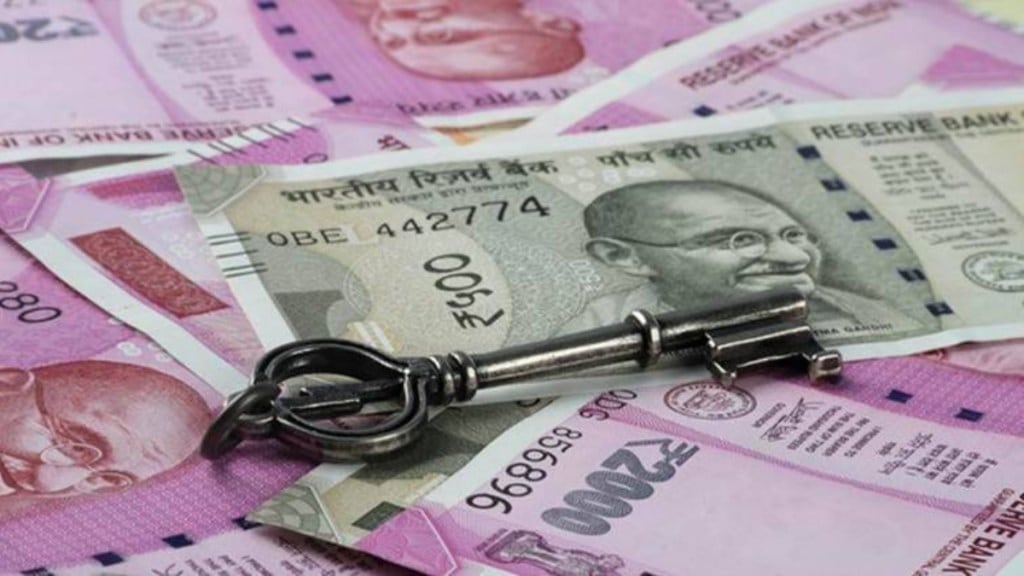The government’s Budget size for FY24 will likely witness only a single-digit rise from the bloated revised estimate (RE) for the current fiscal, despite a series of state polls in 2023 and the general election in early 2024, as fiscal consolidation is back in focus.
Instead, it will aim to further improve the quality of spending by enhancing capex from the already-elevated FY23 (RE) level and curbing the acceleration in revenue spending, official sources told FE. This way the government hopes to balance the need to spur growth with the fiscal prudence imperatives. It is also conscious of the fact that nominal GDP expansion in FY24 will ease from this fiscal’s level, and so will the revenue growth.
The Centre may peg its total budgetary expenditure at Rs 44-46 trillion for the next fiscal, compared with the likely revised estimate of close to Rs 42 trillion for FY23. Of this, about Rs 9 trillion could be allocated for capex (including the long-term, interest-free loans to states for capex) next fiscal, against Rs 7.5 trillion for FY23; the rest will comprise revenue expenditure. Of course, the rise in capex will be slower than the 27% budgeted for FY23, given the high base and the limited capacity of various government departments to spend the substantially elevated amount year after year.
Keeping up its pledge to reduce the fiscal deficit to 4.5% of gross domestic product (GDP) by FY26, the government will likely trim its deficit target for FY24 to 5.8% or thereabouts, against the budgeted 6.4% for this fiscal.
The Centre was forced to push up spending substantially in two of the three years through FY23 to soften the blow of the pandemic and the Ukraine war. Total expenditure climbed from Rs 26.86 trillion in FY20 to Rs 37.94 trillion in FY22 and may further swell to about Rs 42 trillion in FY23.
The government had pegged its expenditure at Rs 39.45 trillion for FY23 but the spike in global commodity prices in the wake of the unexpected outbreak of the Ukraine war and the continuation of a free ration scheme for a longer period substantially inflated its subsidy bill. Already, it has obtained Parliamentary clearance for an additional net expenditure of Rs 3.26 trillion in FY23.
Also Read: Income Tax relief for Senior Citizens: What to expect from Budget 2023
However, given the surge in revenue mop-up and the compression of certain revenue expenditures, the government hopes to contain the FY23 fiscal deficit at the 6.4% target. The additional expenditure, too, is expected to be finally reined in at Rs 2.5 trillion in FY23.
As for FY24, senior government officials expect the subsidy bill to be much lower than the revised estimate for this fiscal. The government will save on food subsidy as it has discontinued the expensive free ration scheme under the Pradhan Mantri Garib Kalyan Anna Yojana, even though it has decided to provide free ration, instead of heavily-subsidised grains, under the existing National Food Security Act.
International commodity prices, including of fertiliser, could ease further in the wake of a slowdown in global growth. This will create the scope for the government to raise the revenue expenditure in FY24 marginally without pressuring the finances.
Given the strong external headwinds, several independent agencies have, in recent months, trimmed their growth forecasts for India for FY23. The International Monetary Fund (IMF) has recently slashed its FY23 real growth projection for India by 60 basis points from its July forecast to 6.8%. It also expects the country’s growth to slow down further in FY24 to 6.1%. The expected deceleration in growth calls for measures to boost economic activities without, however, upsetting fiscal rigour, as the government’s interest burden has already shot up to exorbitant levels due to the elevated debt burden, especially after the pandemic.
Of course, India’s growth rates for this fiscal and the next would still be way above the agency’s projected global economic expansion rates of 3.2% and 2.7%, respectively, for 2022 and 2023.

